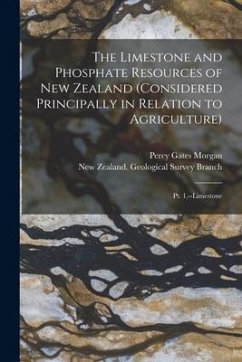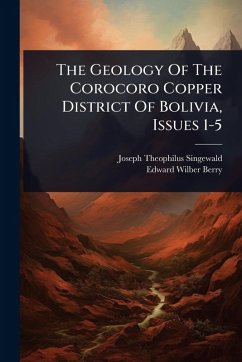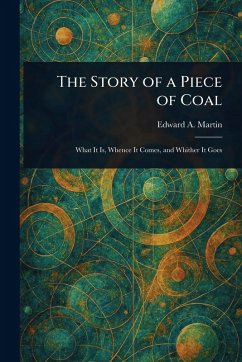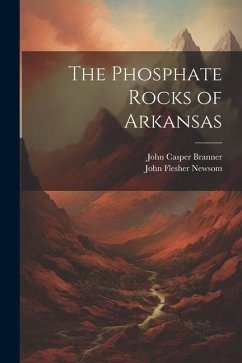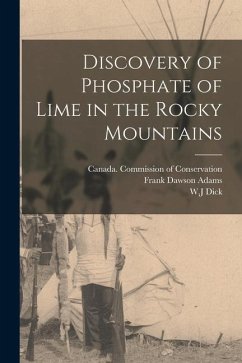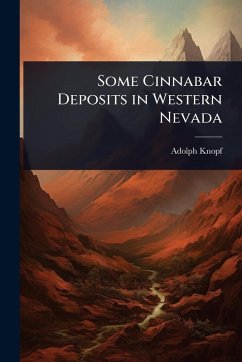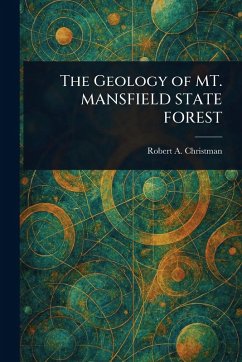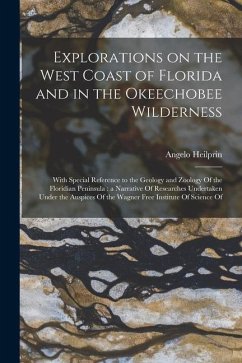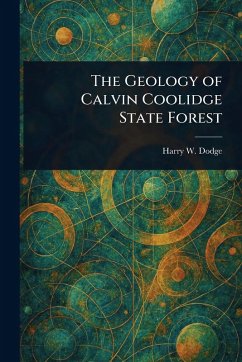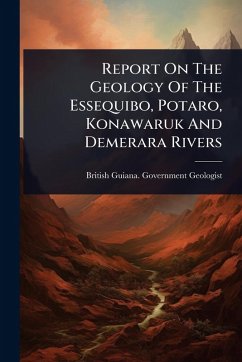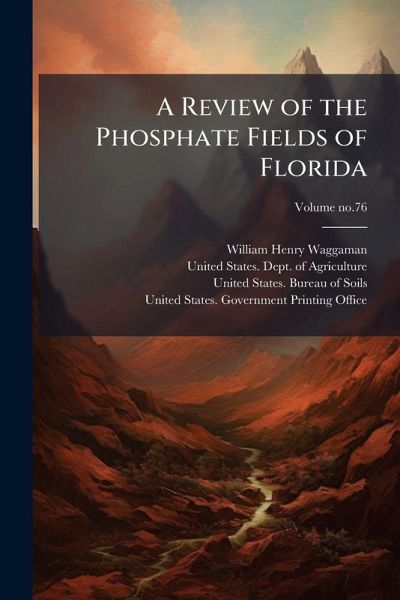
A Review of the Phosphate Fields of Florida

PAYBACK Punkte
7 °P sammeln!
"A Review of the Phosphate Fields of Florida," Volume 76, offers a detailed examination of Florida's phosphate deposits. Authored by William Henry Waggaman, in collaboration with the United States Department of Agriculture, the Bureau of Soils, and the Government Printing Office, this publication provides valuable insights into the geological composition and resource potential of these fields. This work, originally published in 1911, serves as a historical record of early 20th-century resource assessment and mining practices. It is an essential read for geologists, environmental scientists, an...
"A Review of the Phosphate Fields of Florida," Volume 76, offers a detailed examination of Florida's phosphate deposits. Authored by William Henry Waggaman, in collaboration with the United States Department of Agriculture, the Bureau of Soils, and the Government Printing Office, this publication provides valuable insights into the geological composition and resource potential of these fields. This work, originally published in 1911, serves as a historical record of early 20th-century resource assessment and mining practices. It is an essential read for geologists, environmental scientists, and historians interested in the development and exploitation of natural resources. The review covers various aspects of phosphate mining, from extraction techniques to the economic significance of the industry in Florida. This work has been selected by scholars as being culturally important, and is part of the knowledge base of civilization as we know it. This work was reproduced from the original artifact, and remains as true to the original work as possible. Therefore, you will see the original copyright references, library stamps (as most of these works have been housed in our most important libraries around the world), and other notations in the work. This work is in the public domain in the United States of America, and possibly other nations. Within the United States, you may freely copy and distribute this work, as no entity (individual or corporate) has a copyright on the body of the work. As a reproduction of a historical artifact, this work may contain missing or blurred pages, poor pictures, errant marks, etc. Scholars believe, and we concur, that this work is important enough to be preserved, reproduced, and made generally available to the public. We appreciate your support of the preservation process, and thank you for being an important part of keeping this knowledge alive and relevant.



